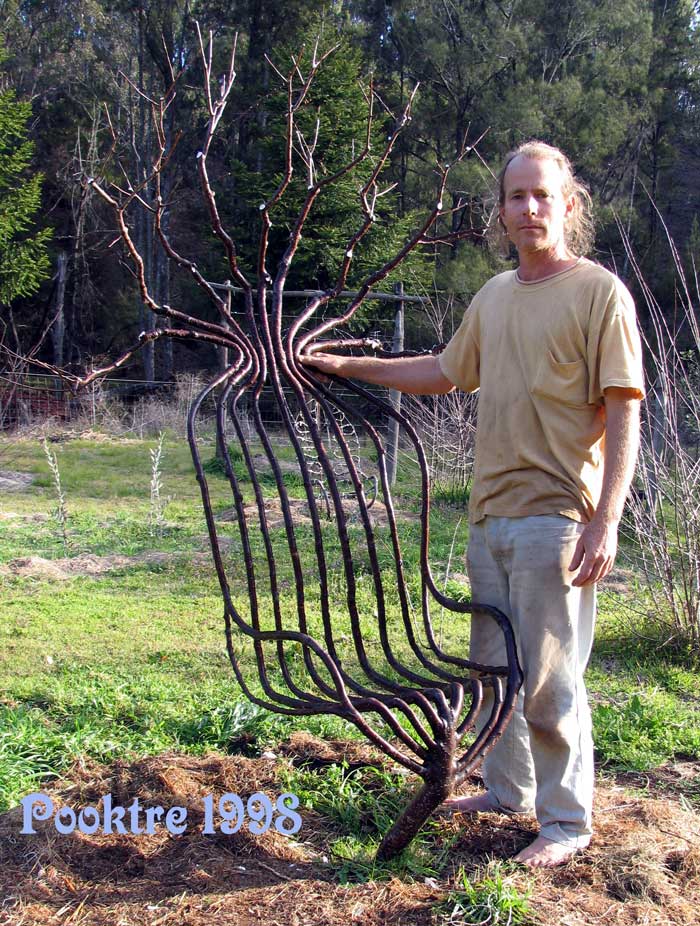Suppose you come across this tree:

You know nothing else about the tree other than what you can infer from a visual inspection.
Multiple Choice:
A. The tree probably obtained this shape through chance.
B. The tree probably obtained this shape through mechanical necessity.
C. The tree probably obtained this shape through a combination of chance and mechanical necessity.
D. The tree probably obtained this shape as the result of the purposeful efforts of an intelligent agent.
E. Other.
Select your answer and give supporting reasons.